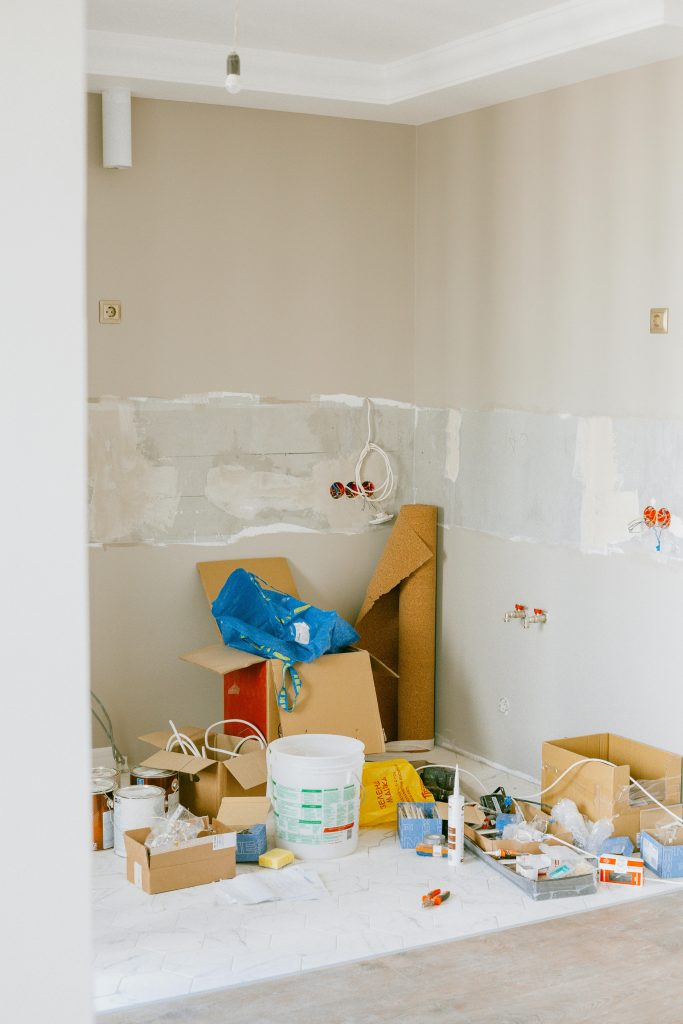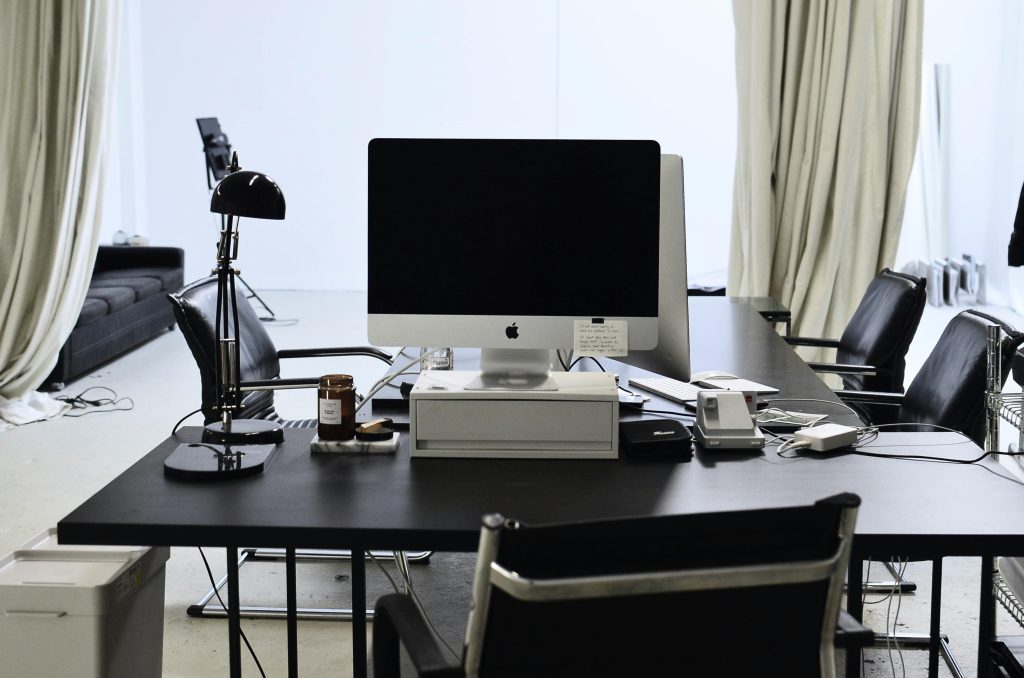How to Respond After a Remote Access Breach on Your PC
Experiencing unauthorized remote access to your personal computer can be alarming. Recently, I found myself in a frightening situation where I noticed my mouse moving independently across my screen. At first, I thought it was a glitch, but to my dismay, I watched as it navigated to the search bar and started entering my PayPal information. Thankfully, I acted quickly and regained control of my PC by shutting it down.
Once the immediate threat was neutralized, I took several precautionary steps to secure my system. I immediately disconnected my PC from the internet and began to assess the situation. Here’s a rundown of what I did and what you should consider if you ever find yourself in a similar predicament:
Steps Taken:
-
Disconnect from the Internet: The first action I took was to unplug my Ethernet cable, preventing any potential further access to my machine.
-
Uninstall Suspicious Software: I began reviewing the programs installed on my PC, uninstalling anything unfamiliar or that I hadn’t used in a while. I specifically targeted TeamViewer, as it’s known for providing remote access and could have been the vulnerability.
-
Conduct a Virus Scan: To ensure no malware or unwanted software remained, I initiated a full virus scan. This step is crucial to detect and remove any lurking threats.
-
Restore Firewall Settings: I reset my Windows Firewall to its default settings. This helps establish a strong barrier against unauthorized access attempts.
-
Review Recently Accessed Files: I checked the files I had accessed recently. Fortunately, everything appeared normal, and my browser history was limited to PayPal, where I didn’t have significant funds.
-
Change Passwords: As a precautionary measure, I updated my Google password to enhance my account security.
Additional Precautions to Consider
After taking these initial steps, I found myself questioning whether I had done enough to safeguard my system. Here are a few more actions to consider:
-
Check for Keyloggers: Be vigilant for keyloggers or other monitoring software that may have been installed without your knowledge. Running a reputable anti-malware program can help in detecting these threats.
-
Enable Two-Factor Authentication: For any accounts that support it, enabling two-factor authentication (2FA) adds an extra layer of security, making it harder for unauthorized users to gain access.
-
**Consult with
Share this content:




Helpful Steps for Securing Your System After a Remote Access Incident
It’s good that you acted quickly to disconnect your system from the internet and took steps to secure your PC. To enhance your security further, consider the following recommendations: